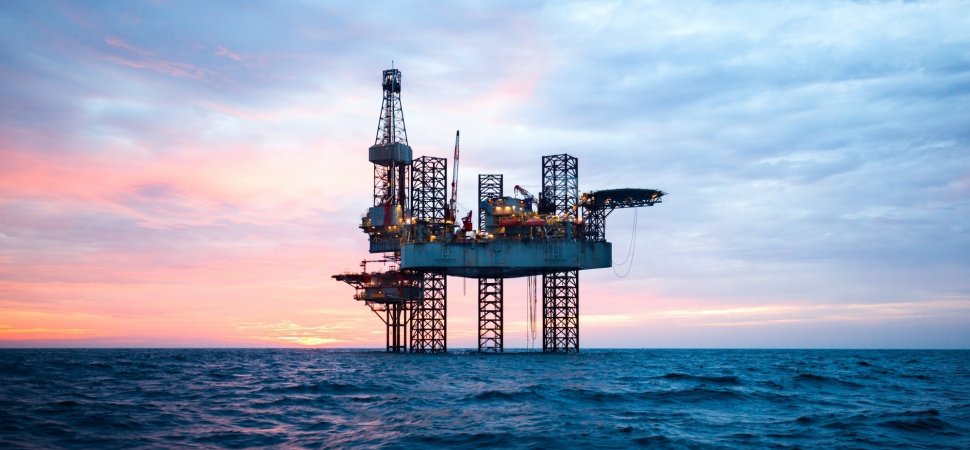Oil and gas industry is a trillion-dollar industry that is a chief source of revenue for many countries that are oil producing nations all over the world. But the oil and gas industry suffers through many challenges over the last decade. There is a serious competition from renewable energy sector over the last few decades as this sector, though expensive is more environmentally friendly.

Some of the other challenges include geopolitical uncertainty, less clarity on pricing, and the decline in oil prices. Oil and gas industry has heavily relied on technology over the last few years. The technologies have evolved a lot in the recent past.
Technology in the Oil and Gas Industry
- Technology is the bedrock of the oil and gas industry. The oil and gas industry has developed primarily over the last two centuries, thanks to advancement in technology and development of the infrastructure, mechanisms, heavy machinery and processes that make the oil and gas industry affordable and sustainable. The structure of the oil and gas industry includes three primary components, upstream, midstream and downstream sectors.
- Exploration, extraction, production, development, transportation, refinery, pipeline, retail and consumer development are all processes within the oil and gas industry. Technology has evolved considerably and has helped every aspect of this industry.
- When it comes to technology, evolution in this industry has evolved from mechanical production technologies in the 19th century to mass production, and later the advent of electronic and IT automation.
- Lot of companies are providing digital oilfield solutions.
The following are some of the industry technology trends in 2018:
2018 Tech Trends in the Oil and Gas Industry
- Oil and gas are energy sources that are used for private and public transport, aviation, agriculture, manufacturing, mining, building infrastructure, and for various commercial ventures. Some key oil and gas industry products include gasoline, diesel, asphalt, petrochemicals, plastic, fuel oil, and aviation fuel.
- Digitalization of the entire value chain of the oil and gas industry has made it more efficient, smarter, more productive and most cost-effective and safe. Digitized business models and using technology to reach customers and also streamline production is making the industry more profitable.
- Cloud applications and Industrial Internet of Things (IIoT) are used to monitor critical operations and help reduce downtime and ensure smooth functioning of systems.
- Technologies help create real-time asset performance matrixes, assess potential risks and opportunities and also monitor assets and do a predictive analysis to help set industry standards.
- Digitalization helps monitor the entire process from exploration to delivery of petroleum products to customers. It helps locate equipment, transport vehicles, people, and improve safety.
- Like many other industries, technologies help major companies to handle human resources, marketing, infrastructural management, and supply chain management and helps these companies maintain a global presence.
- Technology helps in equipment procurement, monitoring industrial workers and automation of major oil and gas plants and refineries. This makes the whole process more efficient and increases the overall production, cutting time and costs in the production process by improving workforce collaboration and personal safety of the workers.
- Technology builds safety standards with the help of data analytics to create a process which avoids risks and keep workers safe. Digital supply chain, smart facilities, optimized production and digital data architecture helps the oil and gas industry reduce costs, increase uptime and productivity, and improve employee safety.
- Robots, sensory devices for mapping and survey, drones used to monitor pipelines and there are new technologies used to detect and stop oil spills. Also, technology helps in reducing carbon emissions to make this industry more environmentally friendly.
- Technologies in 2018 help the oil and gas industry become as environmentally friendly as possible. Technologies help reduce the noise of production, capture carbon emission and release them below the earth’s surface, and adopt many environmentally friendly solutions.
Conclusion
Technology is helping the oil and gas industry stay relevant in 2018. A large percentage of energy requirements are still met by the oil and gas industry. But with competition from renewable energy and disruptive technologies, the dependence on this industry is waning.
Using technologies of the 21st century is the only way this industry survives in the long term. Technology helps the entire business model of the oil and gas industry and the dependence on technology and innovation by the industry will grow further in the future.